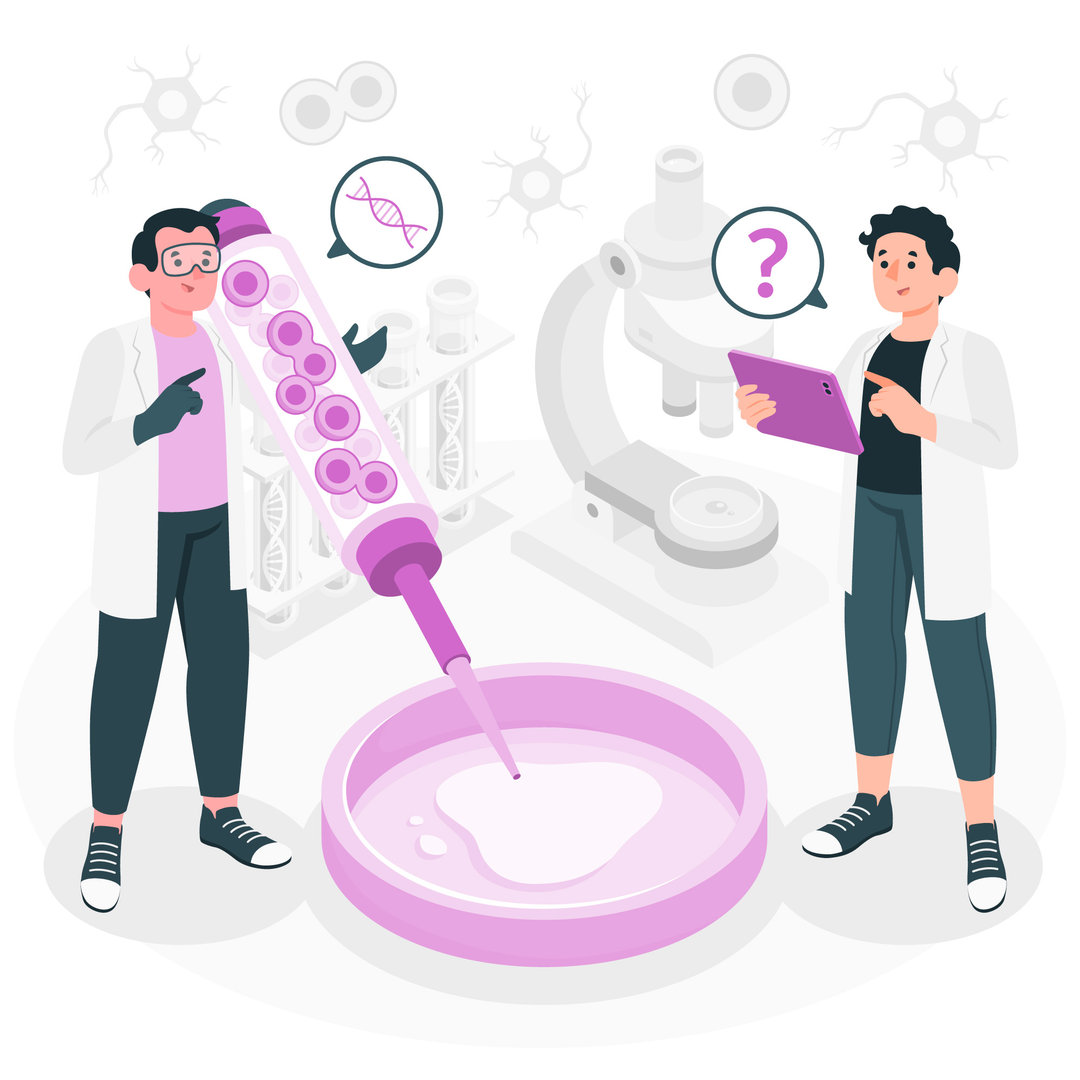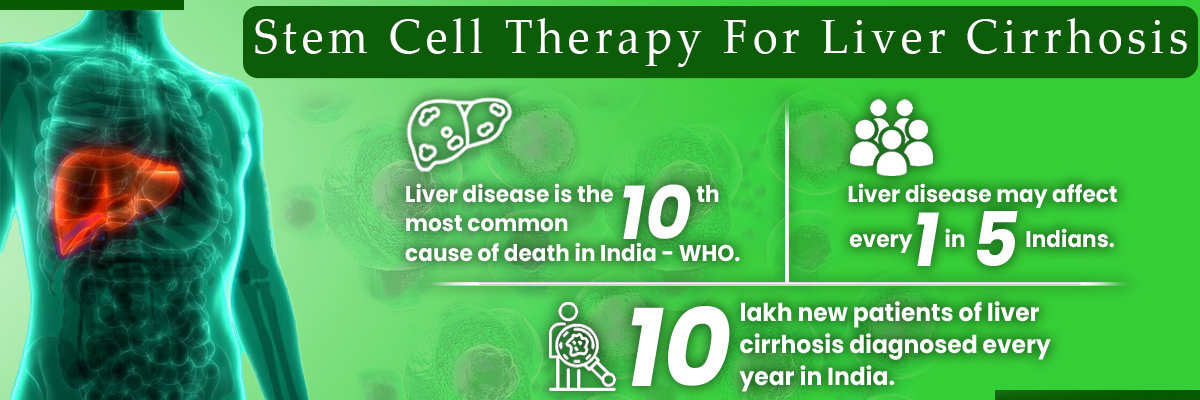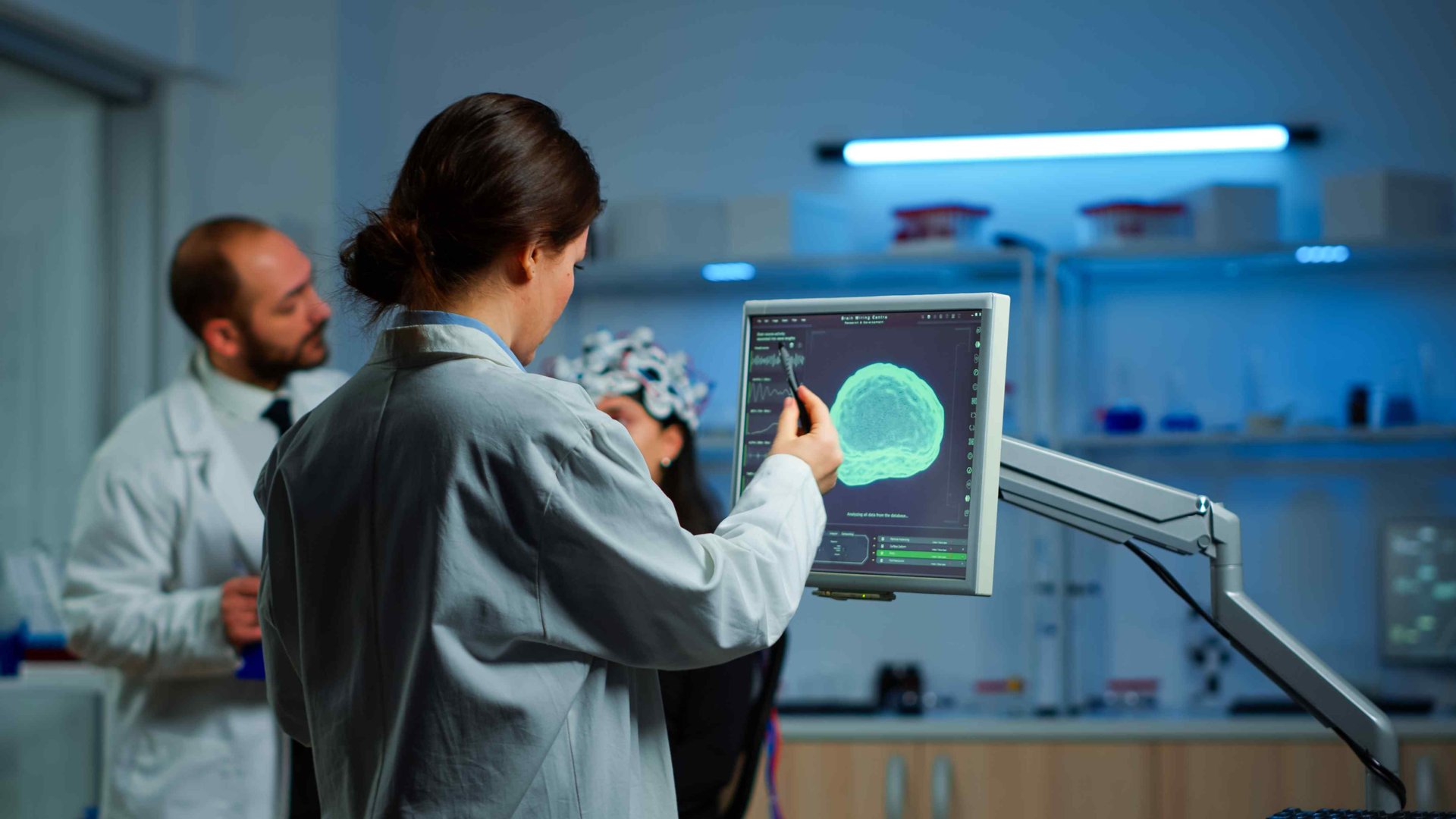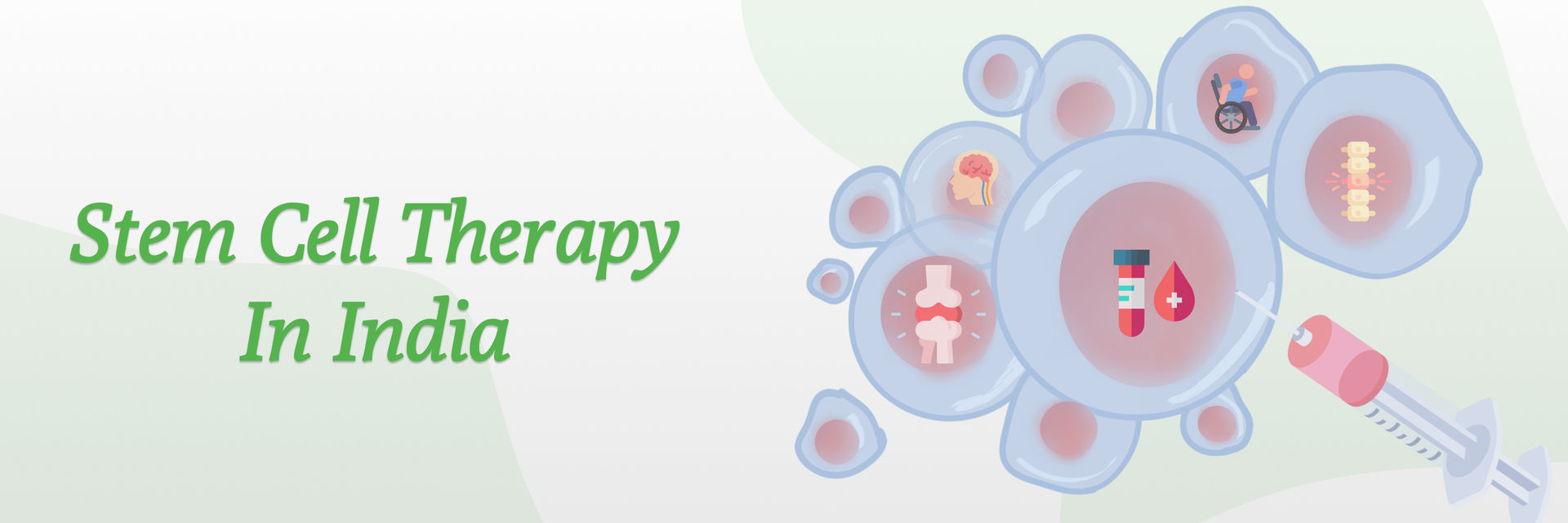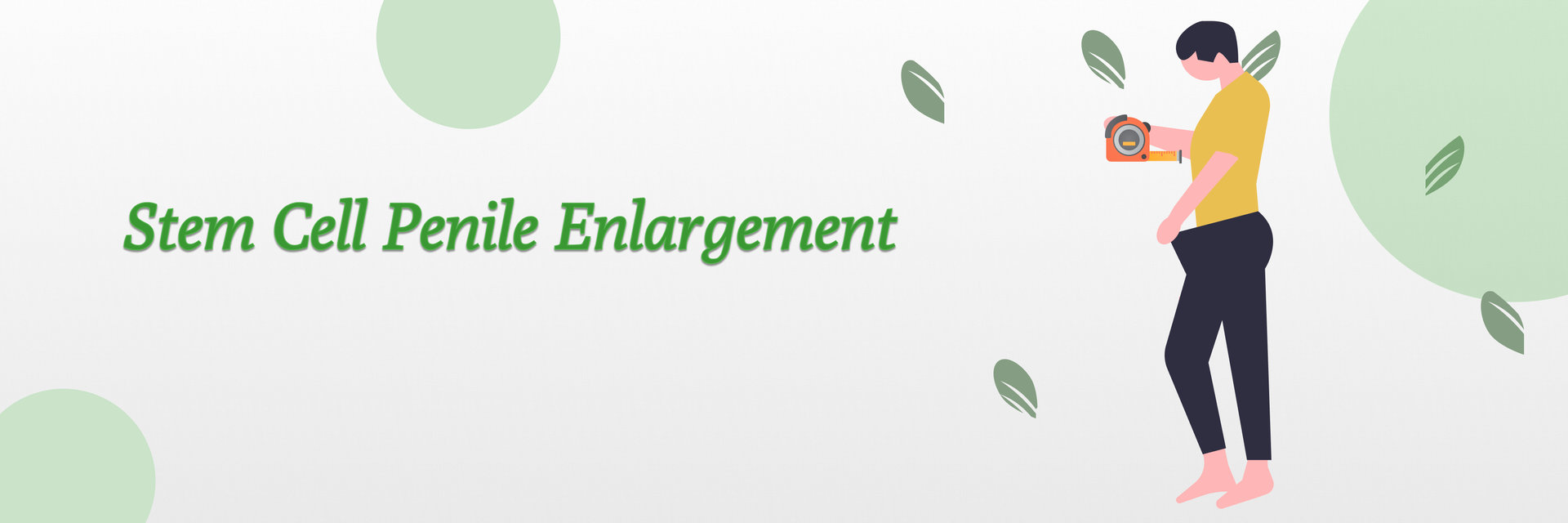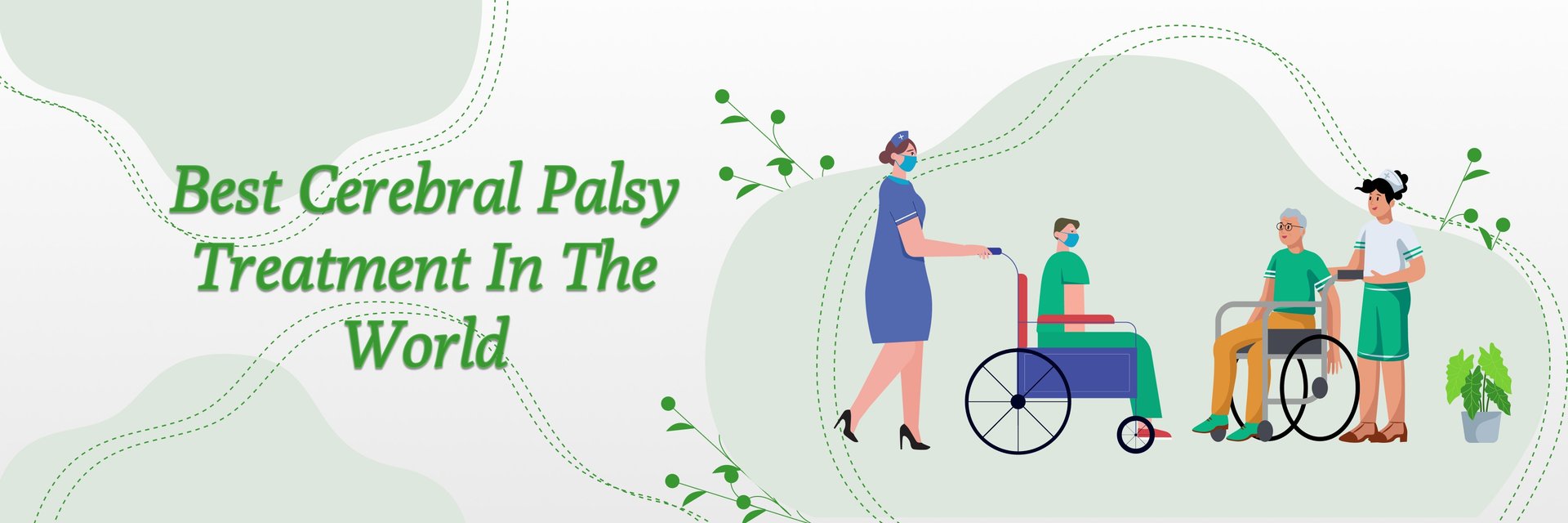Introduction
Stem cell therapy is perhaps the most promising development to emerge from contemporary medical science. Stem cell technology has progressed at a breathtaking pace over the last decade or so, evolving from a speculative idea to an effective medicine for various diseases. From treating chronic pain, repairing tissues, to seeking hope in degenerative disorders, stem cells are proving to be highly promising. Increasingly, patients are approaching this treatment as a complement to or alternative to other conventional treatments, such as surgery, radiofrequency treatment, or medication. From stem cell storage to stem cell preservation, the entire ecosystem in support of this treatment is changing—and it should be. Connect with a medical professional to know more about the treatment before making any decision. With constant focus from the globe and Indian institutions too, it's certain that Stem Cell Research is not only the future—it's quite certainly the present.
What Are Stem Cells?
Stem cells are the building blocks of our body. They are undifferentiated cells that have the special capacity to change into different specialized forms of cells. Simply put, they are able to become muscle cells, brain cells, bone cells, or even blood cells, based on the body's needs. What has made them revolutionary for medical science is their ability to regenerate. Researchers around the world have been pouring money into trying to understand how such cells can be used in a bid to heal injured tissue and manage diseases at the cell level.
There are essentially two major categories: embryonic stem cells and adult stem cells. While embryonic stem cells are derived from embryos that are quite early in development and are highly versatile, adult stem cells are found in some tissues, such as bone marrow and fat tissue. The latter category comprises mesenchymal stem cells, which have become extremely popular in pain management therapy and musculoskeletal therapy. With the evolution in stem cell storage and preservation, patients can even bank these cells for future medical requirements now. The integration with technology has done wonders in the medical field. If you are considering stem cell therapy as a viable treatment option, then you can consult with professionals by booking an online doctor appointment on our platform in just a few clicks. The idea is no longer science fiction—it's reality.
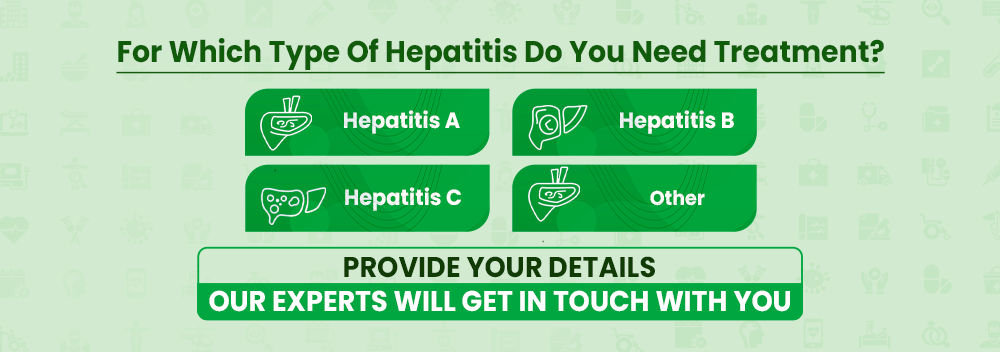
Types Of Stem Cells Used
Various sources of stem cells are now employed in experimental and clinical therapy. Each of them has its value based on the condition being treated.
- Embryonic Stem Cells (ESCs): Are obtained from early-stage embryos and are pluripotent, i.e., they can be made to differentiate into nearly any cell type. They're predominantly utilized in high-end research but do pose some ethical questions.
- Mesenchymal Stem Cells (MSCs): Are adult stem cells found in fat tissue, bone marrow, and umbilical cord tissues. They're heavily utilized in orthopedic and regenerative therapy because of their anti-inflammatory property.
- Cord Blood Stem Cells: Derived from the umbilical cord blood at the time of birth, these are employed far and wide in pediatric therapies, especially in immune and blood illnesses.
- Umbilical Cord Stem Cells: Completely distinct from cells of the cord blood, these are harvested from the very cord tissue itself and hold potential for newer regenerative therapies.
With advancements in stem cell technology, most hospitals now offer stem cell storage, allowing parents to store their healthy cells for future use in treatments. The cost of stem cell preservation and storage varies at each clinic, but more often it is turning out to be a valuable investment in family health in the long term.
Advantages Of Stem Cell Treatment
The uses of stem cell therapy go far past the alleviation of one disease or ailment. Its general regenerative properties make it a suitable prospect for the treatment of numerous medical afflictions. One of the best-documented benefits may be in pain relief. For the patient with chronic joint pain, arthritis, or even spinal issues, stem cell therapy presents itself as a choice, a drug-free, non-surgical alternative to more traditional methods such as surgical intervention or radio frequency ablation.
It also has a significant role in speeding up tissue regeneration. Orthopedic surgery or athletic injury are the situations under which patients now go seeking mesenchymal stem cells for the purposes of reducing recovery time and improving outcomes. Stem cell technology is already undergoing research to restore damaged nerve cells in conditions such as Parkinson's disease and multiple sclerosis.
In addition, stem cell therapy has already been proven to be effective in treating autoimmune diseases, cardiovascular disease, and even in some types of cancer treatment as part of current research. The wide range of uses of stem cell preservation makes it a crucial element in personalized medicine.
Risks Associated With Treatment
While hope exists, stem cell therapy is not completely risk-free as either. To begin with, not all stem cells are compatible with all diseases. The wrong type, or uncontrolled interventions, lead to adverse effects like rejection by the body or uncontrolled growths. There is even the risk of infection if the stem cells are handled improperly during extraction or administration.
Side effects of swelling, inflammation, or pain at the point of injection are also seen in patients. In addition, there is no long-term data for many treatments because most stem cell uses are still in clinical trials. Because most stem cell use is still in clinical trials, outcomes will vary among individuals.
This is where qualified management and choosing an accredited medical center come into the equation. A science-backed Stem Cell Research-facilitated treatment can be the difference between a life of agony and a successful outcome.

Limitations Of Treatment
Although stem cell therapy has gigantic potential, certain limitations cannot be ignored. The most important one is the unorganized regulatory system of countries. In India, although stem cell preservation is gaining momentum, even in this country, no standardized protocol of treatment is followed in the majority of the hospitals.
And then there is the money. Even though the cost of stem cell storage and the cost of stem cell preservation have come down dramatically in the past two years, they are still far too expensive for middle-class families. The procedure is not covered by insurance in general, so it becomes an out-of-pocket procedure for most patients.
The other limit is that not every disease is curable with stem cells, at least not yet. Research on such diseases as cancer and Alzheimer's continues, but such clinical achievements as have been reported are in their very infancy. And, too, such ethical issues regarding embryonic stem cells remain to limit their wider application.
Best Stem Cell Hospitals In India
If you’re considering stem cell therapy, it’s essential to go to reputable hospitals with certified practitioners and research-based practices. Here are some of the best hospitals in India known for Stem Cell Research and therapies:
- Apollo Hospitals, Chennai & Delhi – Renowned for orthopedic and neurological stem cell procedures.
- AIIMS, New Delhi – Government-backed institution with an active stem cell research wing.
- Fortis Memorial Research Institute, Gurgaon – Has led the way with stem cell therapy and storage.
- Tata Memorial Hospital, Mumbai – Has experience in conducting stem cell transplants for cancer.
- Narayana Health, Bangalore – Offers an array of cell-based and regenerative therapies.
- Medanta – The Medicity, Gurgaon – Combination therapy with state-of-the-art diagnostic facilities.
Such firms offer treatment along with umbilical cord stem cell storage and stem cell banking, thus being providers for everything. The reason behind the success of these hospitals is that they have the best stem cell doctors in India working for them and providing the best treatment, leading to an increase in success ate of the treatment.

Future Scope Of Treatment
The future of stem cell therapy is extremely promising. With the progress being attained in the area of medical science, the day is not too distant when stem cells will be utilized for developing whole organs to be implanted. The advancements of 3D bio-printing, AI diagnosis, and nanotechnology will play an important role in improving the success rate of stem cell treatment.
There also exists an immense scope in the cure of gene disorders through gene therapies with stem cells. With continuous clinical trials and growing regulatory muscle, these therapies will infiltrate greater segments of the population. Stem cells derived from umbilical cords and from cord blood are especially promising due to low rates of rejection and high compatibility.
With greater safety, affordability, and evidence-based outcomes, stem cell therapy will be a mainstream medical option across the world—yes, even in India.
Summary
Finally, stem cell therapy is one of the cutting-edge medical technologies. From pain management to life-threatening diseases, uses of this therapy vary widely and extend every day. Although the technology itself is unsafe and limited, the return—especially when paired with quality care—is revolutionary.
As more and more investment is made by India in stem cell storage and stem cell preservation, the price of stem cell storage has become affordable to the ordinary patient. If you feel like indulging in a divine, scientifically proven, non-invasive mode of healing your body, stem cell therapy could be the answer to your prayers.
